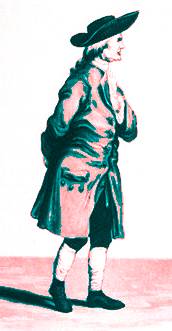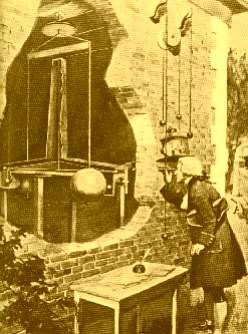Henry Cavendish (1731–1810)
He was the eldest son of Lord Cavendish. Born into the aristocracy, with both the Duke of Devonshire and the Duke of Kent as grandfathers, his mother died when he was just two, after giving birth to his brother, Frederick. After Cambridge and the obligatory Grand Tour of Europe, he joined his father at Great Marlborough Street in Soho, his home until his father died. Initially he helped him conduct experiments on heat, electricity and magnetism, but later he used the house to conduct most of his electrical research and his chemical experiments.

Cavendish attended Cambridge University from 1749 to 1753, but left without a degree. After touring Europe with his brother, he lived frugally in London, even after an inheritance made him one of the wealthiest men in England. He immersed himself in scientific studies but did not bother to publish a number of his important discoveries. Exceedingly shy and retiring, Cavendish was sociable only with his scientific friends. The only existing portrait of him was sketched surreptitiously.

Cavendish approached most of his investigations through quantitative measurements. In order to establish that hydrogen gas was a substance entirely different from ordinary air, he calculated their densities as well as the densities of several other gases.
He found that common air, as well as air brought by a balloon from the upper atmosphere, is made up of nitrogen in a 4:1 ratio by volume. He also showed that water is composed of oxygen and hydrogen. He measured heats of fusion and evaporation as well as specific heats and those of the mixing of solutions in water. Cavendish's measurements of the freezing points of various solutions showed the existence of compositions that yield maximum and minimum freezing points.
Cavendish compared the electrical conductivities of equivalent solutions of electrolytes and expressed a version of Ohm's law. His last major work was the first measurement of Sir Isaac Newton's gravitational constant, together with the mass and density of the Earth. The accuracy of this experiment was not improved on for nearly a century. His experiments on electricity were only published a century after they were performed, when Maxwell rediscovered them in 1879.
Cavendish's experiments included the investigation of capacitance. In his experiments, he measured the strength of a current by shocking himself and estimating the magnitude of the pain.

Connect with us
Contact us today